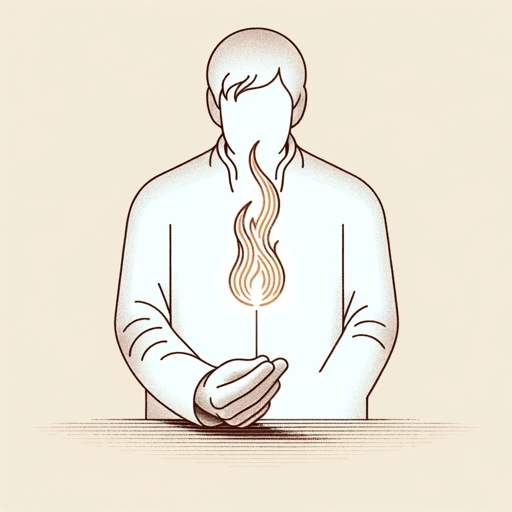28 pages • 56 minutes read
William FaulknerBarn Burning
Fiction | Short Story | Adult | Published in 1939A modern alternative to SparkNotes and CliffsNotes, SuperSummary offers high-quality Study Guides with detailed chapter summaries and analysis of major themes, characters, and more.
Symbols & Motifs
Fire
Fire appears throughout “Barn Burning” and symbolizes some of the story’s themes. Prior to the second barn burning, Sartoris describes Snopes’s dress and manner as “at once formal and burlesque as though dressed carefully for some shabby and ceremonial violence” (15). For Snopes, starting a fire is a mode of practiced, ceremonial violence. His strange control and premeditated, cold rage make him terrifying. Yet his manner ironically lacks the warmth and passion of a fire: “There was something about his wolflike independence and even courage when the advantage was at least neutral” (4). Snopes’s tight, rigid control of a wild element, like fire, symbolizes his inhuman self-control and penchant for ceremonial acts of violence.
Major de Spain’s House
Major de Spain’s house symbolizes the opulence of a time long past and the world it represents incites Snopes to quiet rage and violence. Upon seeing the house, Sartoris says, “the spell of this peace and dignity render […] even the barns and stable and cribs which belong to it impervious to the puny flames he might contrive” (6). Major de Spain’s house represents the pre-Reconstruction South, and incited by his jealousies and anger, Snopes is a destructive element. Perhaps due to his youth and inexperience, Sartoris believes the calm grandeur of the estate will render it impervious to his father’s destruction.
Related Titles
By William Faulkner

Absalom, Absalom
William Faulkner
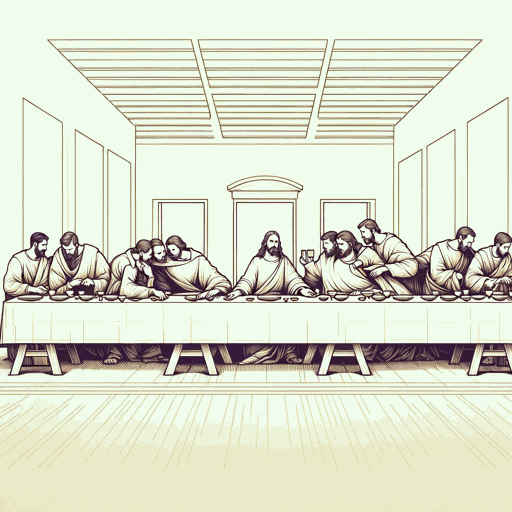
A Fable
William Faulkner

A Rose for Emily
William Faulkner

As I Lay Dying
William Faulkner

Dry September
William Faulkner

Go Down, Moses
William Faulkner

Intruder In The Dust
William Faulkner
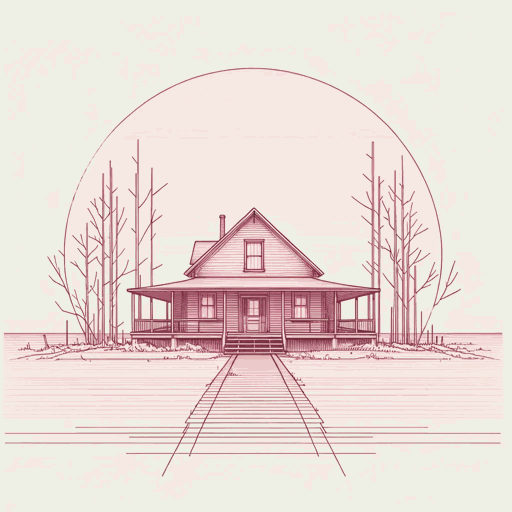
Light in August
William Faulkner
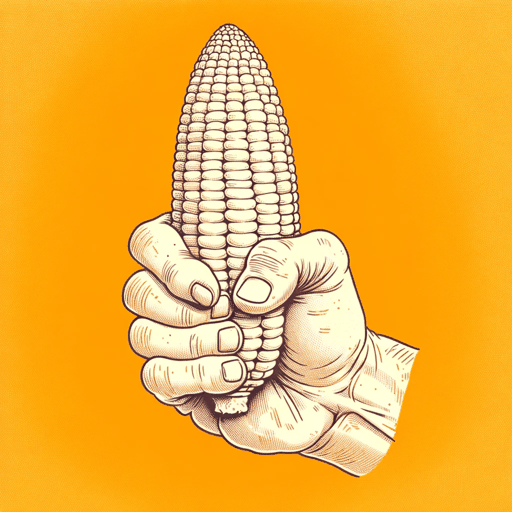
Sanctuary
William Faulkner

Spotted Horses
William Faulkner

That Evening Sun
William Faulkner
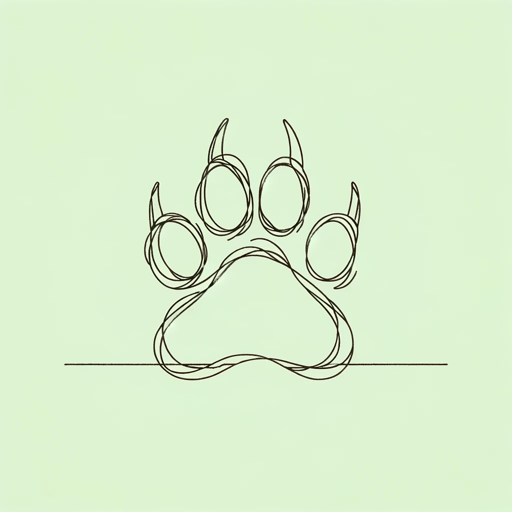
The Bear
William Faulkner
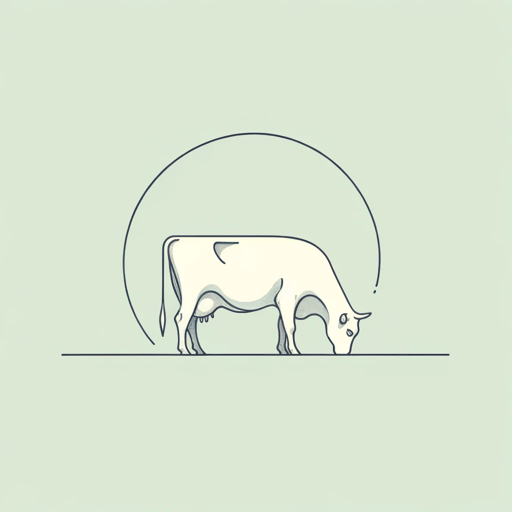
The Hamlet
William Faulkner

The Reivers
William Faulkner

The Sound and the Fury
William Faulkner

The Unvanquished
William Faulkner
